Carlton Pro Am: Well Matched
Why make a comparison between these two bikes? Well, because I owned both of them, and I think it’s an interesting look at two bikes that were quite evenly matched in the early 1980’s. The Carlton Pro Am was a 12 speed, mid-range racer made in Worksop, which had some more prestige than the Nottingham factory of Raleigh. The Peugeot PFN 10 was a good quality road bike in the middle of the catalogue, related to the prestigious PX and PY models of a brand with a strong racing pedigree. The Pro Am was never exported to the States, unlike the Peugeot “Course” which was sold in big numbers across the Atlantic.
Carlton Pro Am by the Sea
I suppose the American equivalent of the Pro Am would be the Gran Sport, with its Reynolds 531 main tubes and mid-range components. The Raleigh Carlton Competition was the next step up in the US, as was the Raleigh Record Ace in the UK. But this was one of the last Carltons made in the Worksop factory, built in 1981, which is the actual year production ceased there. It’s a sad thing, to think that this prestigious British brand of quality bikes was put out of business just after this Pro Am was made. I bought it from a guy who lives right on sea, yards from a bike path that runs along the beach. It was a lovely day. I took advantage of the sun and sea air to try out the bike along the path.
Sort of Rideable..
Some vintage bikes, when you buy them, are in no condition to ride. They may even be death traps, and that’s no exaggeration. So it’s not often that you can buy an old racing bike and just start riding it. This Carlton was actually in good condition, with air in the tyres, shifting that was stiff but still worked, and brakes that were decent but needed to be recentred by hand every few minutes. For all its imperfections, I was grateful for ride and a first impression of a bike that I’ve always found to be an attractive machine.
The Winner on Looks
I think the Carlton has a better constructed frame: the lugs are more distinctive and have nice painted details, as do the fork crowns which hark back to traditional frame building methods. Both have braze-on cable guides. Would it look better with some chrome, like the Peugeot? In a word yes, I always think chrome adds extra aesthetic beauty to vintage bikes. The Peugeot may have simple Bocama lugs but it does have those half chromed forks and chromed fork crowns, as well as those striking and prestigious decals, the chequered motif on the down tube. I also really like the orange font on the pearlescent blue paint. They are both great bikes, but I think the Peugeot edges it.
The Tubing and Weight
This isn’t an exact science, especially as these two bikes are not the same size: the Peugeot being a 57cm and the Carlton a 60cm frame. Nevertheless, the Peugeot was undoubtedly a lighter bike. The weight of a typical 57cm frame, not including the fork, made with Vitus 181 tubing would be around 1800 grams; its equivalent built with straight gauge Reynolds 531 would weigh around 250 grams more. More significantly in the case of the Carlton, only its main tubes were built with Reynolds steel, the stays and fork were made of basic tubing. The advantage of the Peugeot was that it was made with Vitus 181 throughout, and weighed just 23lbs as a complete bike. The Pro Am weighed 25lbs, not a substantial margin but significant enough.
French or Japanese?
French bikes at the beginning of the 1980’s were still being built with French components, as this PFN10 highlights. Carlton, on the other hand, built the Pro Am with Japanese parts, which were gaining a strong foothold in the European market at this time. Britain never rivalled the French for component brands, so it’s no surprise they looked abroad for derailleurs and cranksets. However, the French threads of the PFN10 meant that you could only replace a part with the same threading, using proprietary tools. A year later and threading would become standard on French bikes. But here in the year 1981 we have the classic French powerhouses, Stronglight and Simplex, pitted against the new technology of the Far East, the Suntour VX and SR.
The Transmission
I like Stronglight cranksets, and this 104 is no exception. It is an attractive 5 arm crank that was ideal for a mid range bike. The SR AX-5LASL on the Carlton, on the other hand, is an impressive crankset with drilled chain rings. It was obviously a copy of the Campagnolo Super Record, though it has the same dust cap style of a Stronglight crank. I think I prefer the SR for its looks. As for the derailleurs, the Suntour VX derailleurs work efficiently and can easily climb the 6 speed freewheel without strain. I like the ratchet feature on the levers as you push them back. The Peugeot had a Simplex SJA 102 front derailleur and a SX 410 rear mechanism. Both sets of derailleurs are solid performers, but I think the I prefer the classic looks of the Simplex. One strange thing: the Carlton frame had horizontal dropouts, and the claw of the Suntour rear derailleur was attached only by the rear spindle. Is it me or is that weird?
The Pro Am Restoration
Cleaning and servicing this bike wasn’t a tough job, and there was no knuckle-grazing or frustrating jobs to do. The bottom bracket was smooth and needed no grease, and though the headset felt tight and lumpy, all it needed was a slight turn of the race to loosen the pressure on the ball bearings. The Weinmann brakes needed centring and I’m going to do a quick video on this, but they didn’t need an overhaul. In fact, nothing was broken or damaged at all on this 37 year old bike, it was pretty amazing. The rust that had grown on the paintwork proved the biggest problem, some came off, but some has become a permanent feature of this good looking bike. It’s so quiet on the road you wouldn’t hear it pass you by.
in the end I’d choose the PFN 10 over the Pro Am, but both rode superbly well for what they were, mid-range bikes of the early 1980’s.


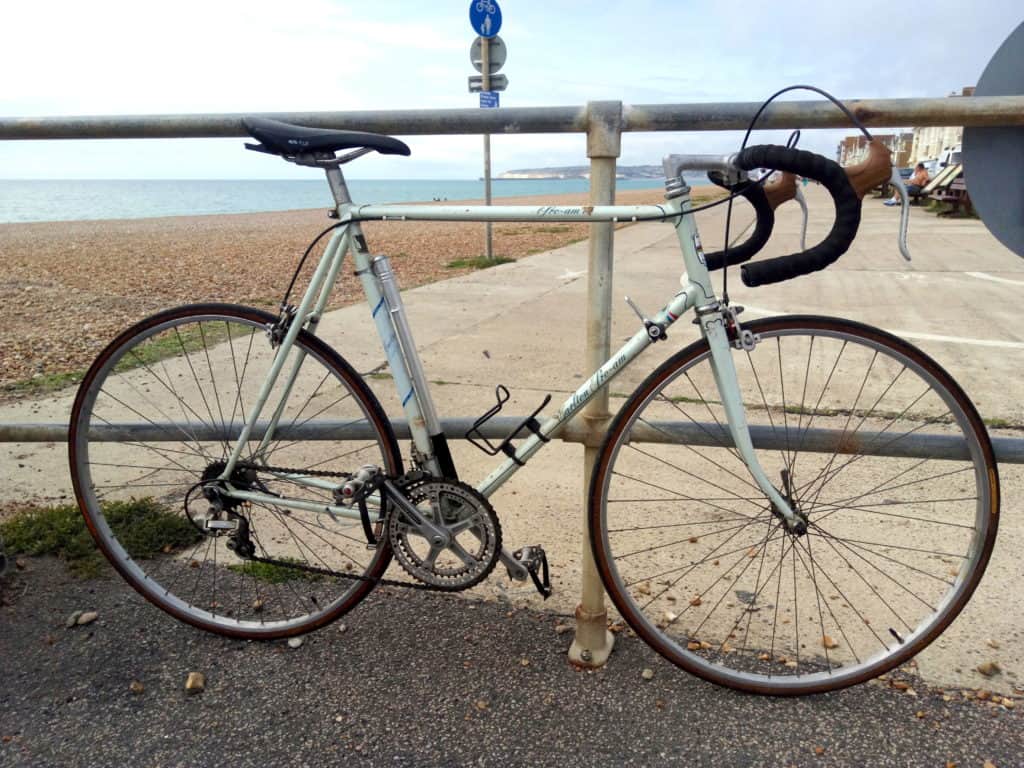
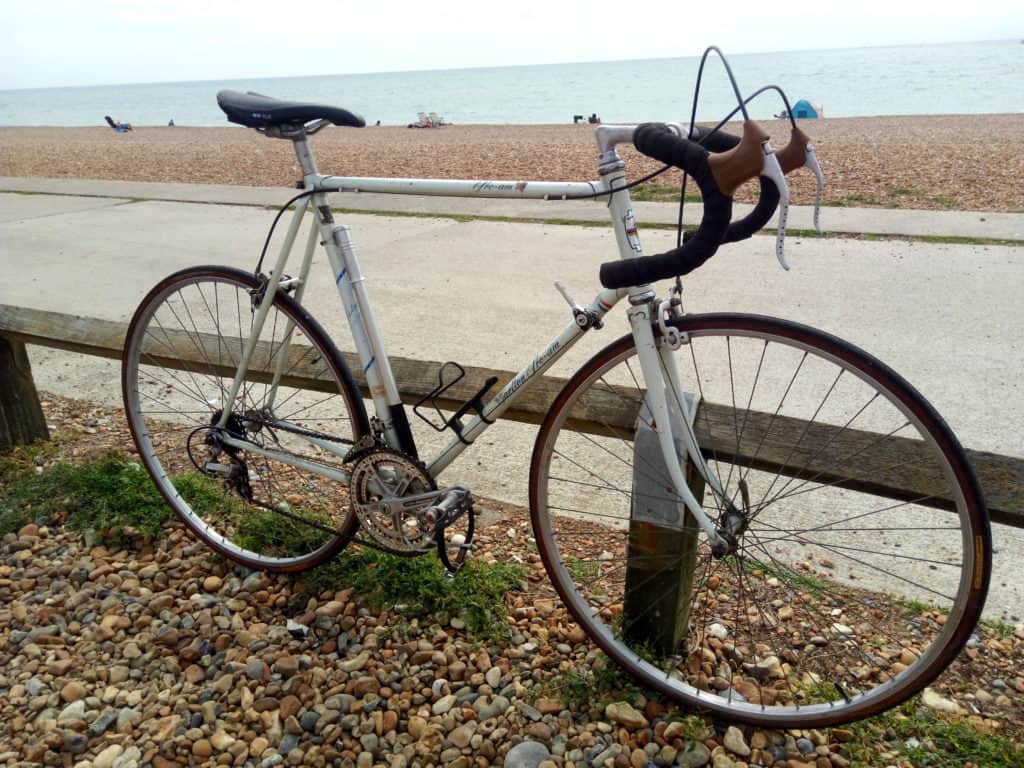
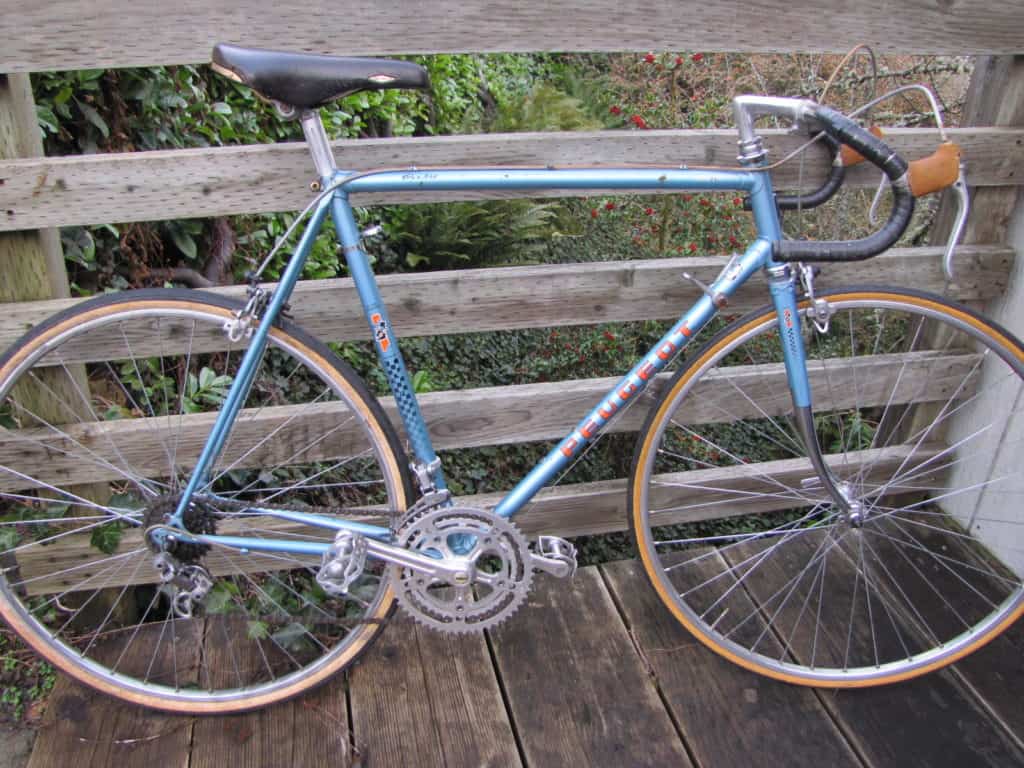
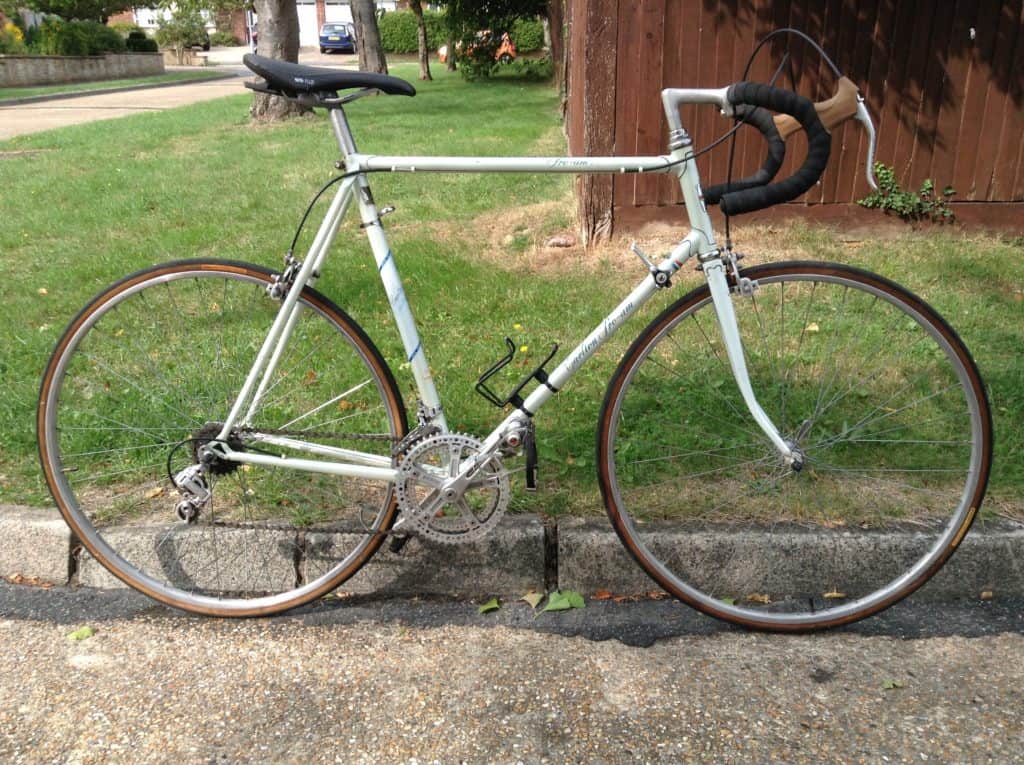
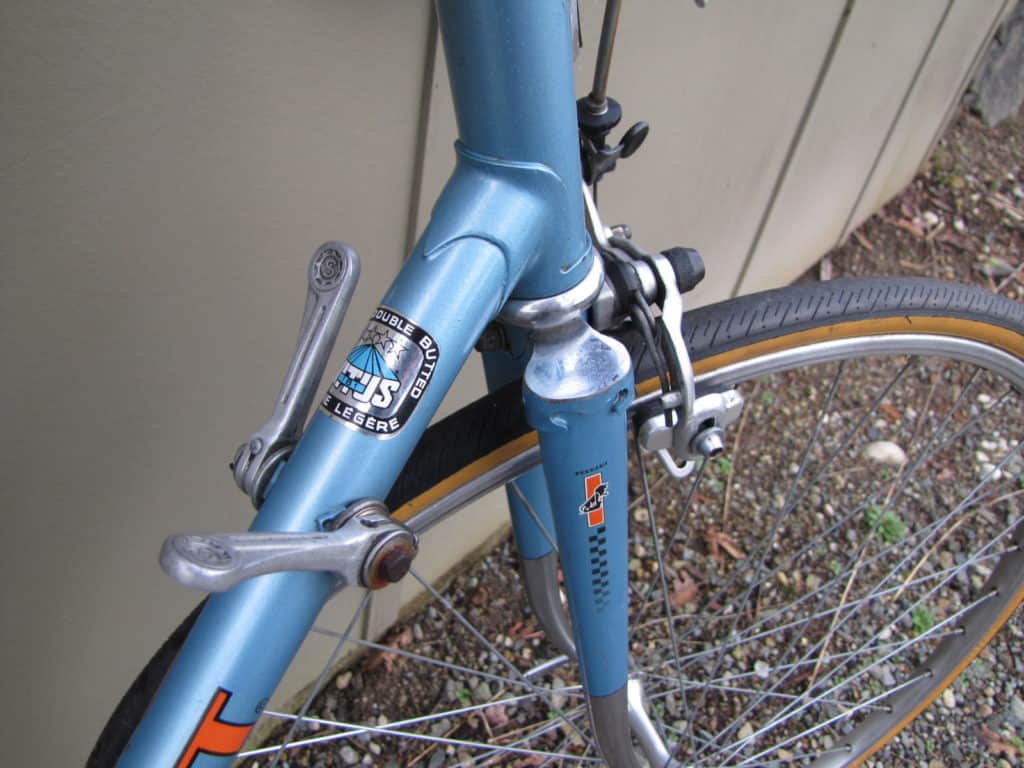
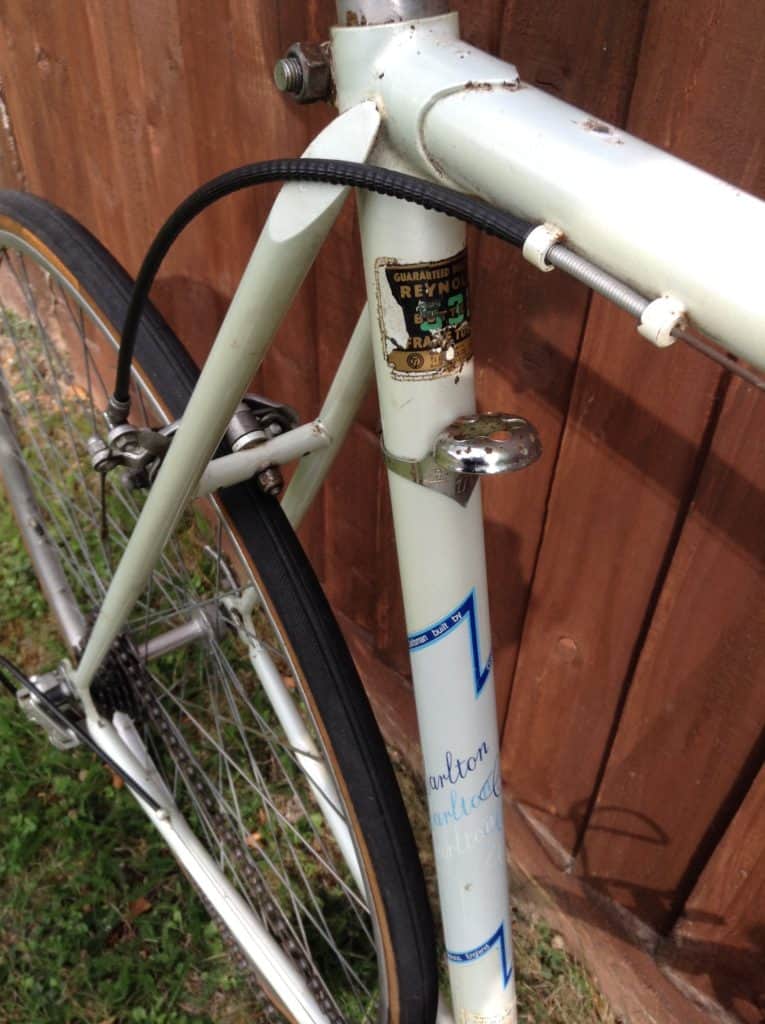
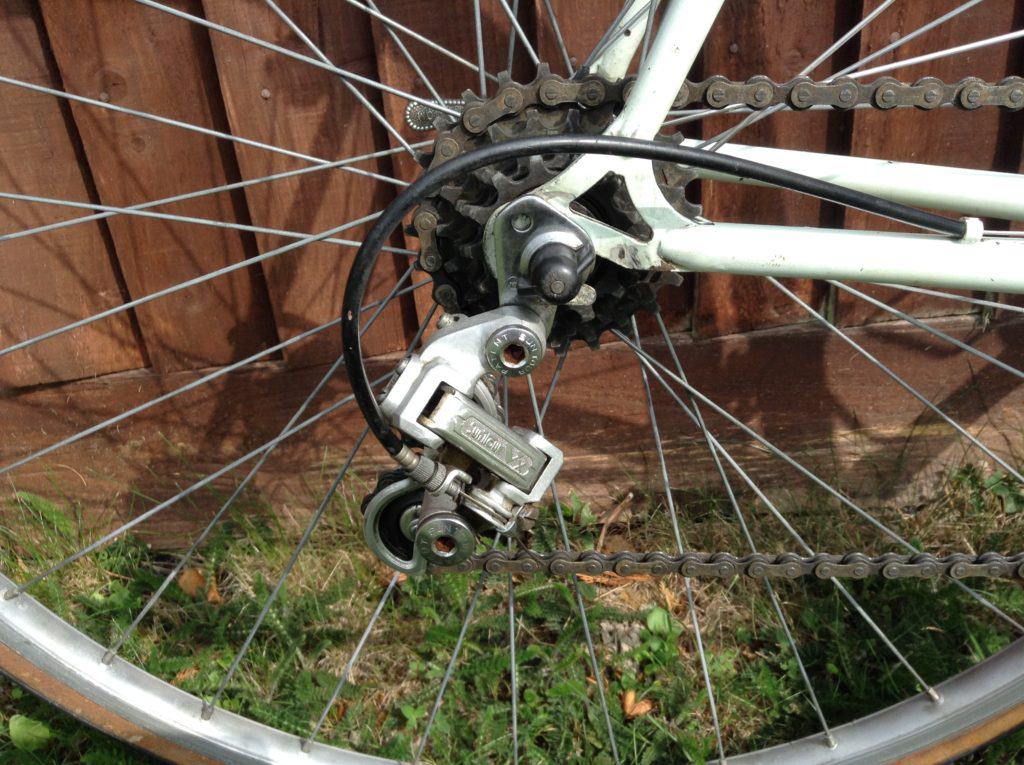
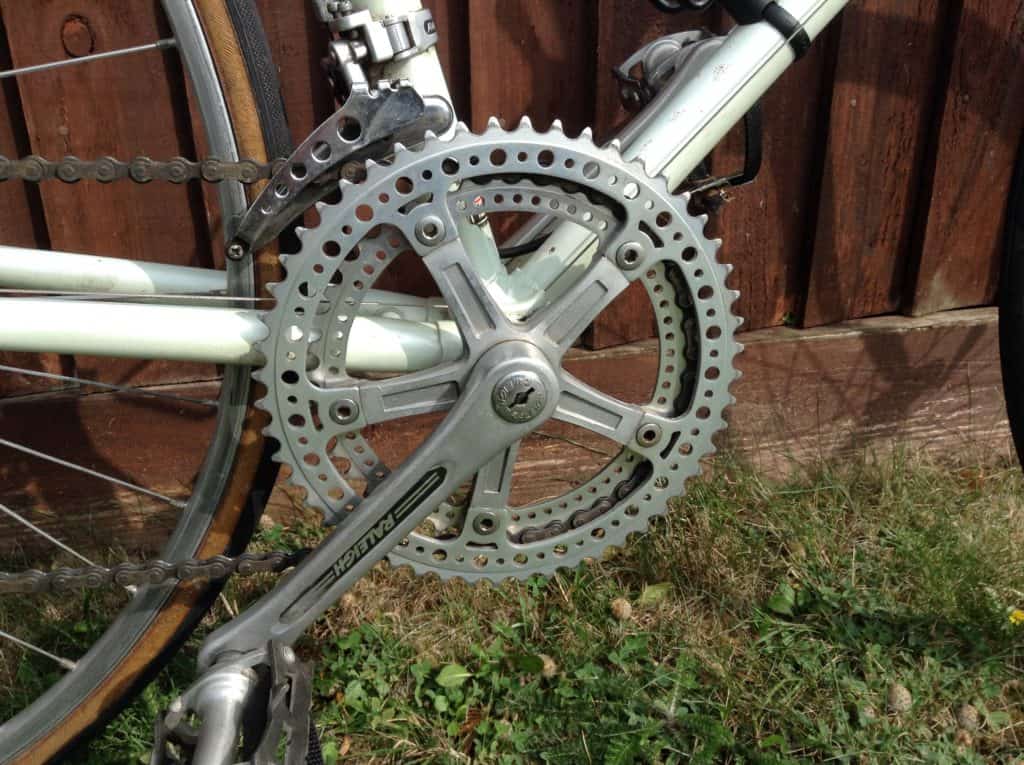
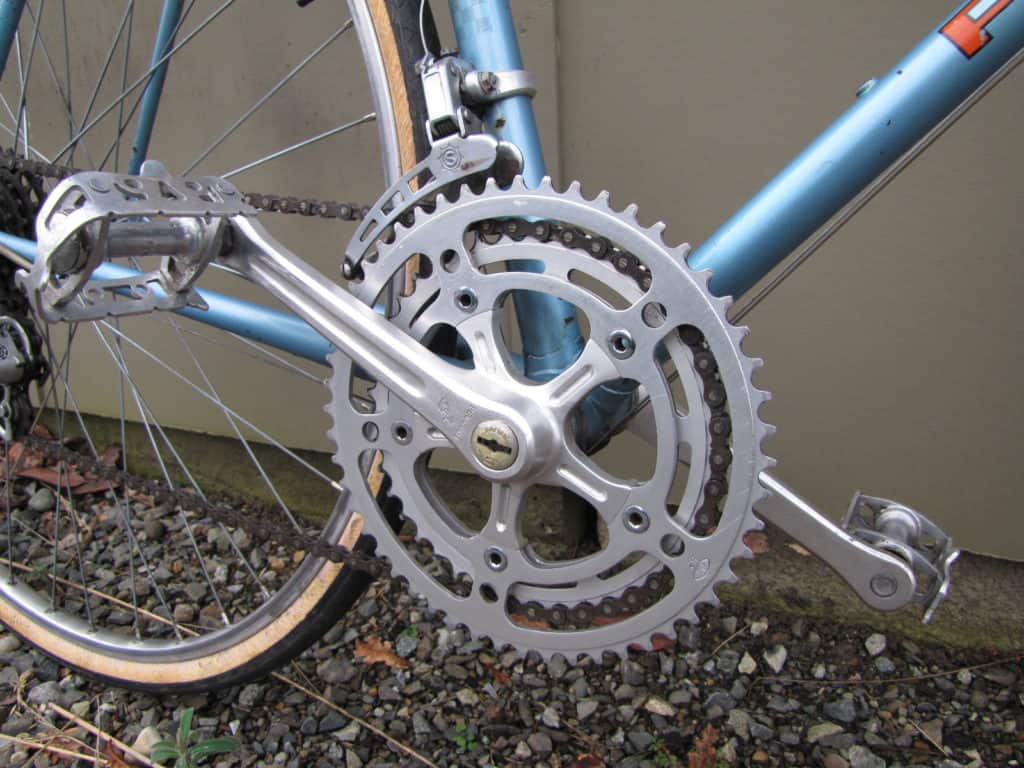
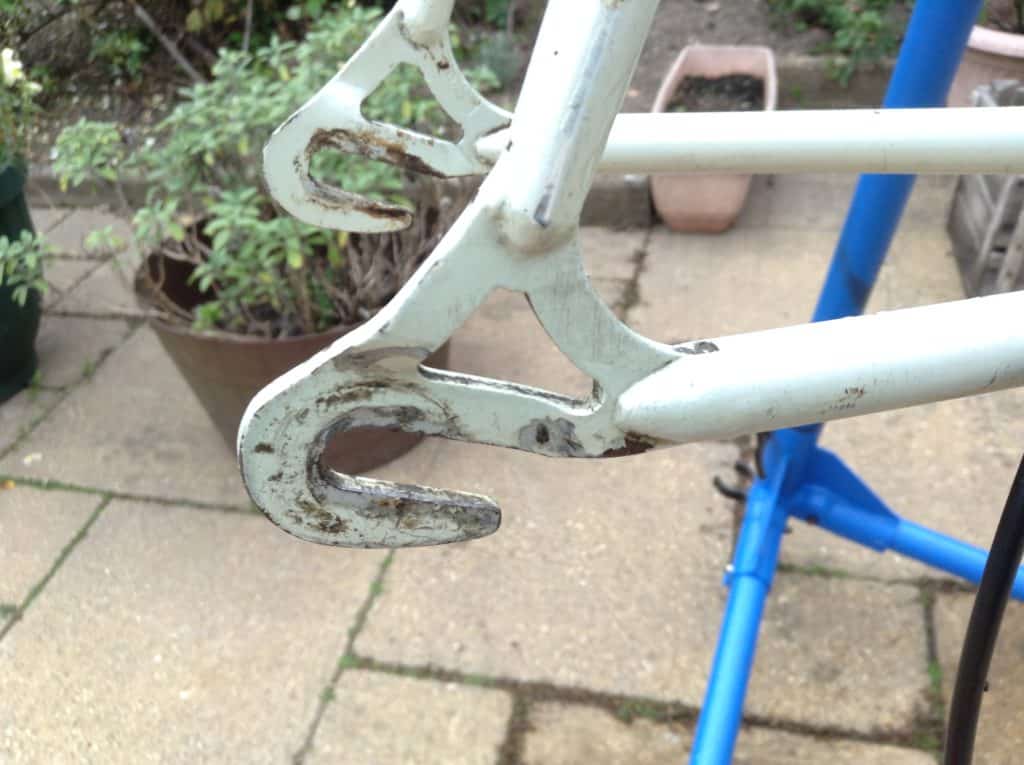

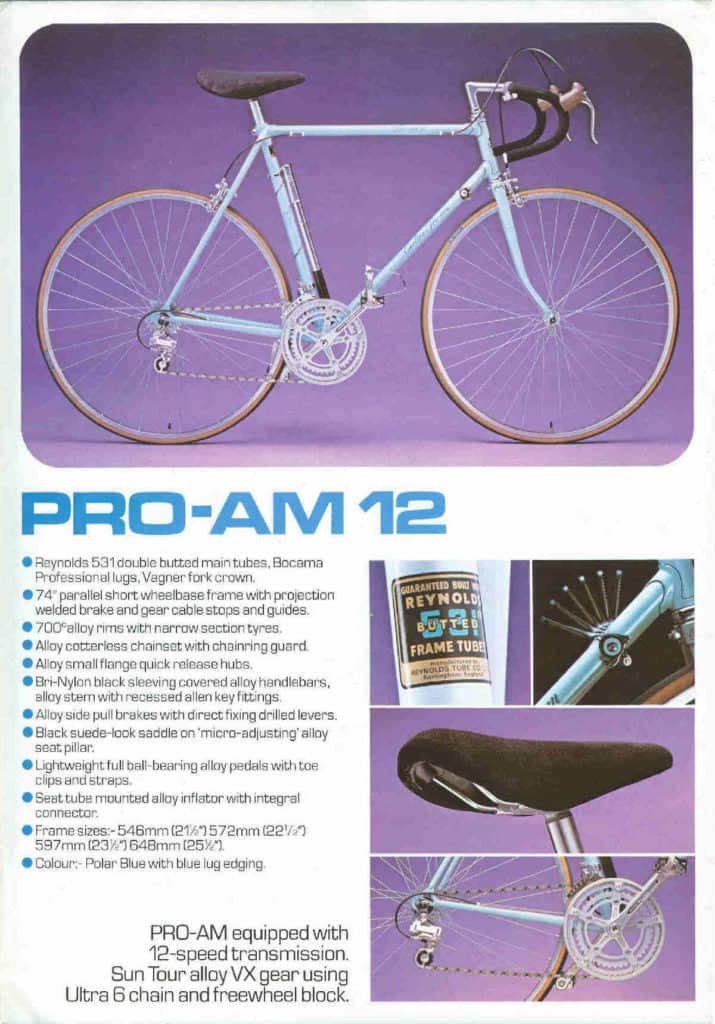
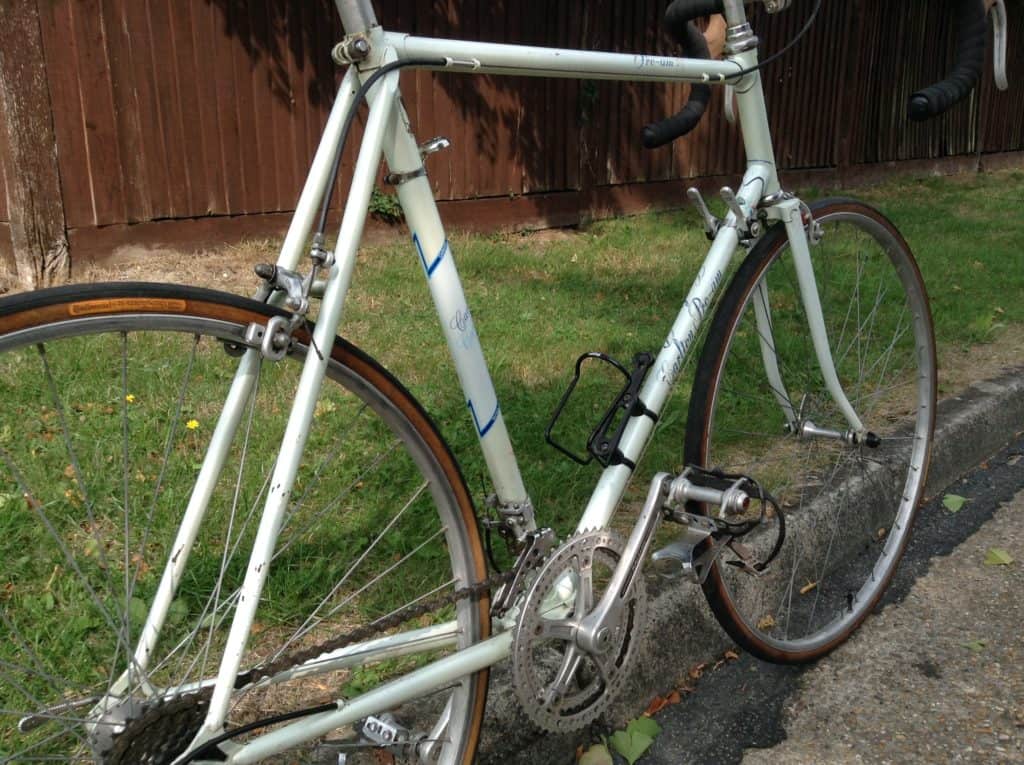
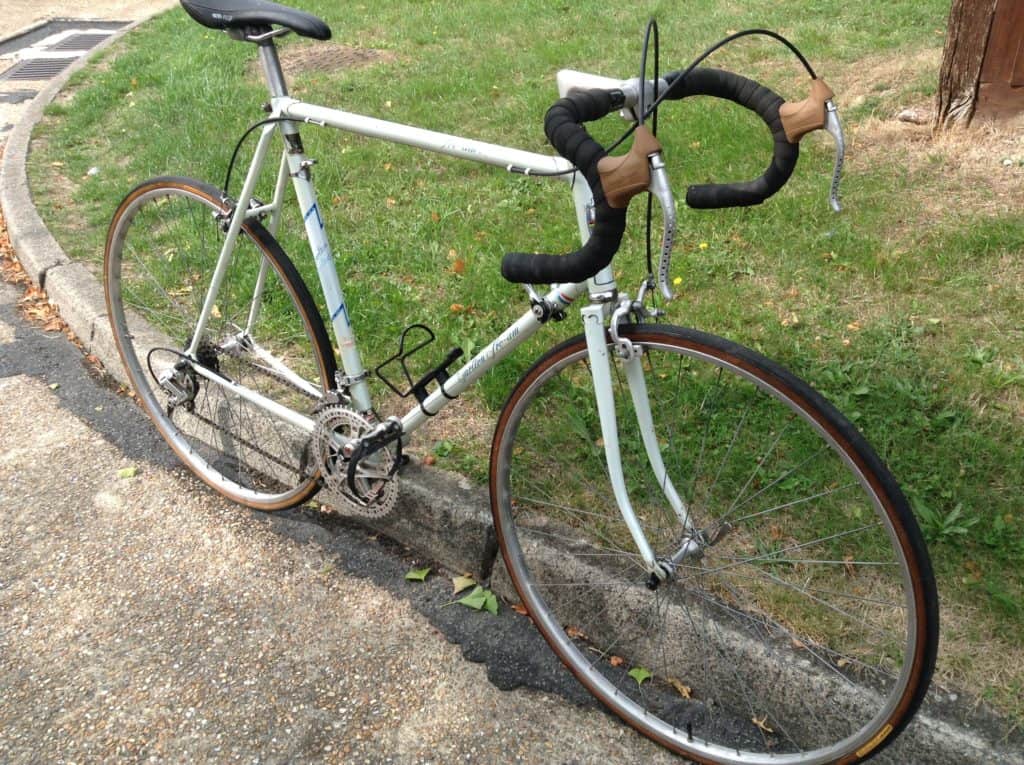

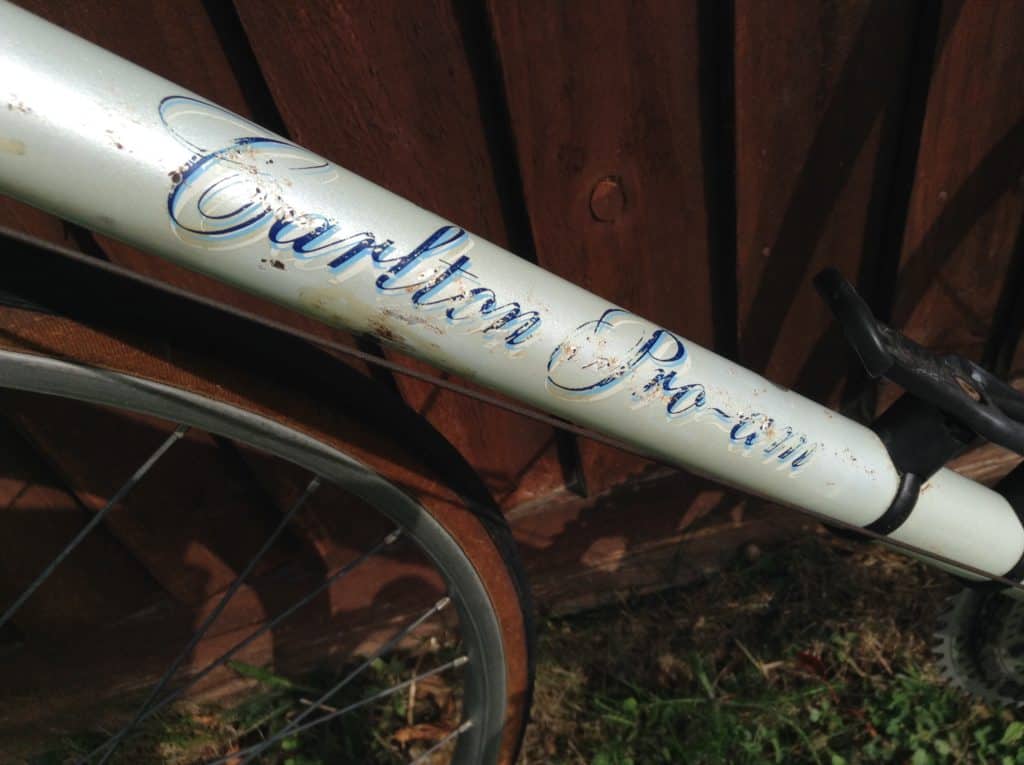
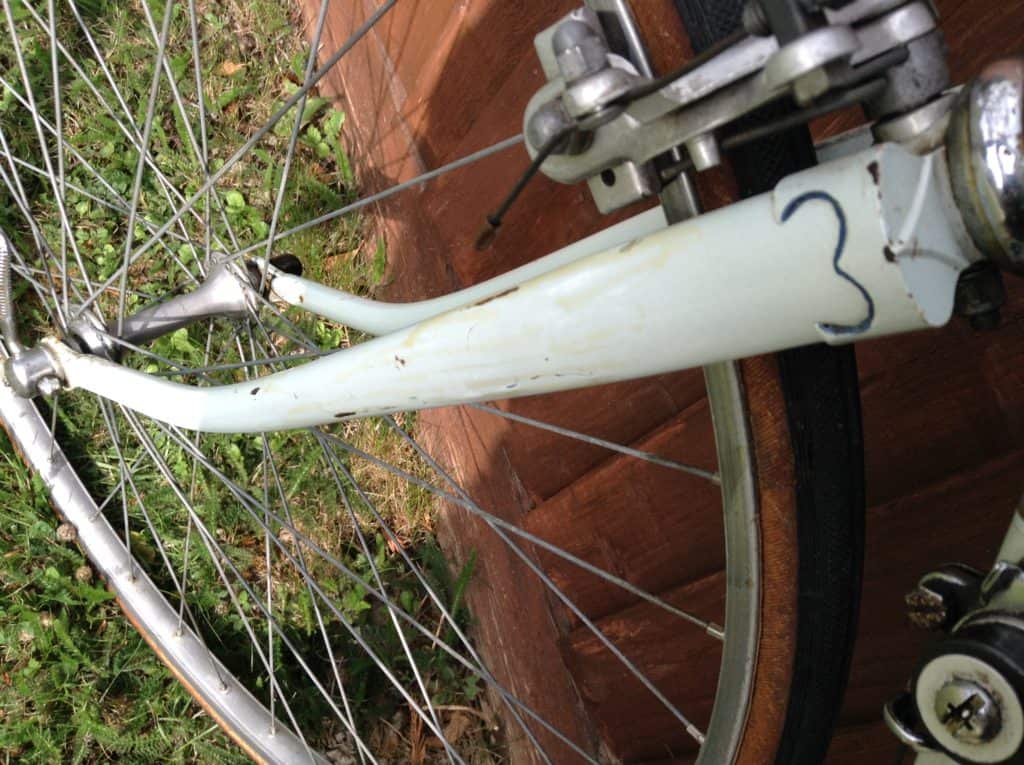
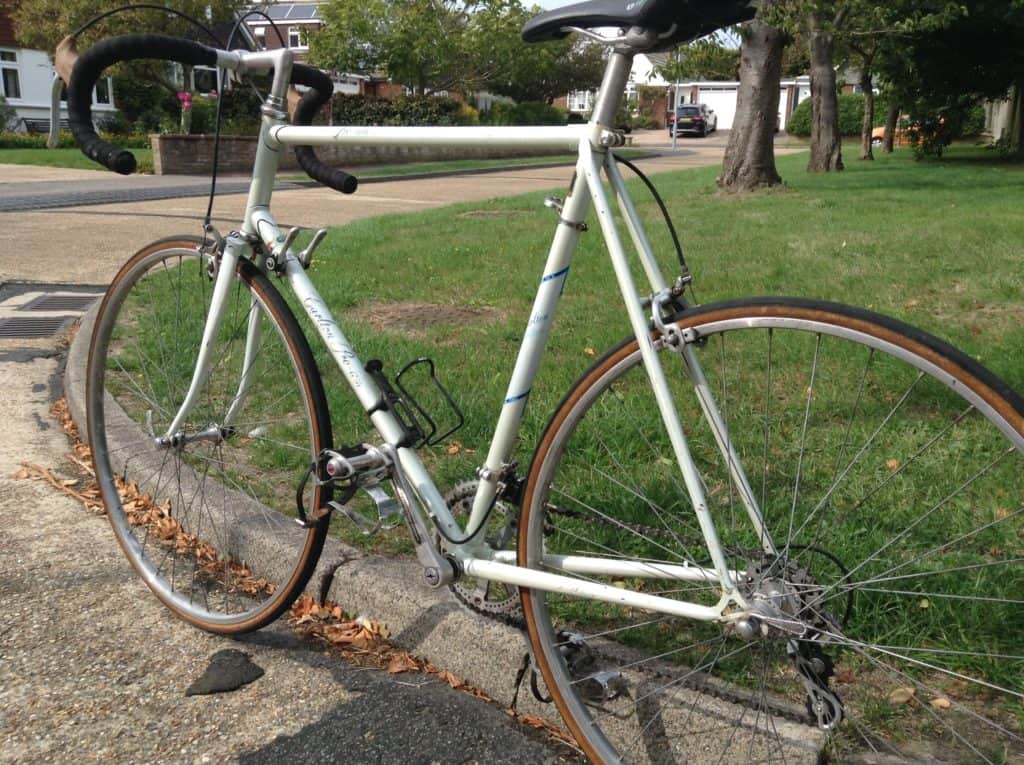
Hi, Dominic-
The Carlton’s rear derailleur mounting ear should have a bolt that engages the dropout and clamps the ear to the dropout. See this EBay post: https://www.ebay.co.uk/itm/Vintage-Raleigh-Bicycle-Suntour-VX-Derailleur-Shimano-FE-Suntour-Levers-Gear-Set/253669478938?hash=item3b0fe1121a:g:rF0AAOSwYf9bBrTF As well, that model of Carlton would have been a Raleigh Super Course in North America and would have had Suntour forged dropouts. Are you considering selling the Carlton?
Hi Jim, thanks for the info, the strange thing is that the Carlton’s dropout has no hole for a mounting bolt, so the only way to secure the derailleur is by using the quick release skewer. I don’t know why e dropout doesn’t have a hanger, so its a bit of an odd one. Not sure about the Super Course comparison as many of them had cottered cranks, maybe it’d be fair to say that the Pro Am was somewhere in between the Super Course and Gran Sport. Cheers!
Hi, Domenic-
There is a small D shaped nut on the back of hooked derailleur hangers. That nut and the bolt on the front clamp the hook to the dropout and it remains in place independent of the the quick release.
https://www.ebay.com/itm/Bicycle-Index-Hanger-Derailleur-Adapter-Hanger-Plate-Nut-and-Bolt-For-Shimano-BL/152829049055?hash=item23955238df:g:V5EAAOSwk~ZZ8qEz
Thanks Jim, I’ll have to buy a new hanger as the one in there is incomplete. It’s a good solution, cheers.
Hi Dominic
The Carlton sure reminds me of my 1976 Raleigh Carlton Supercourse, but is missing the forged Suntour Dropouts with mudguard eyes. My favorite resource for North American sold Raleigh Carlton info is https://www.sheldonbrown.com/retroraleighs/super-course.html
Thanks for the artilcal, loved Your write up of the Carlton Longfellow as well.
Hi Alex
Thanks for visiting and for leaving your thoughts on the Pro Am, you’re right, it probably is the British brother of the American Super Course as you mention, though there are subtle differences. I think Raleigh Carlton built some great bikes in this era, even though they may not have been high end, they were just really nice racing bikes. I owned a couple of Super Courses myself in the US, both were green and with Brooks saddles, I really liked them both. I think my favourite though, was the white and blue Gran Sport. Cheers! Dominic
Hi Dominic
Late to your article which brought back happy memories as I bought one of these in 1981. Couldn’t remember the specification so it was great to see the advert/promo from the time.
Currently rebuilding a 1989 Raleigh Quadra Mkll
Thanks
Garry
Thanks for your comment, I wonder if you wish you’d kept your old Carlton. It’d be interesting to see a picture of your Quadra, post here if you like. Cheers!
I’m looking at a Pro-Am 12 for sale and the rear brake cable lugs are on top of the top tube. Would that be correct. Any ideas why theres 2 versions
Do you mean brake cable braze-on guides, along the top tube? If yes, later editions of this bike would have these guides, whereas earlier versions would have clips attached to the housing along the tube. Hope you buy it! If you do, you’re welcome to post a photo of it here. Cheers.
Hi Rob (Feb 2022) are you still looking? I am restoring a 1980 Carlton Pro-Am 12 which is ready shortly. New paint (I have correctly matched the original polar blue). This is the 5th Pro Am I have restored and probably the 20th Raleigh/Carlton. Frame is 23inch; only none original equipment is the wheels (mavic rim on front – would of been Weinmann, unknown brand on back with Campag hub). Also restoring a 1982 Raleigh Record Ace (23″) and two Carlton Criteriums from 1979 (but these are large 25″ frames).
Bought the pfn 10 in 1982. Thought it was the best bang for your buck. Around $350 which was a lot of money then. Still ride this bike today .
Great to hear you still ride it, they can last forever if looked after. Cheers!